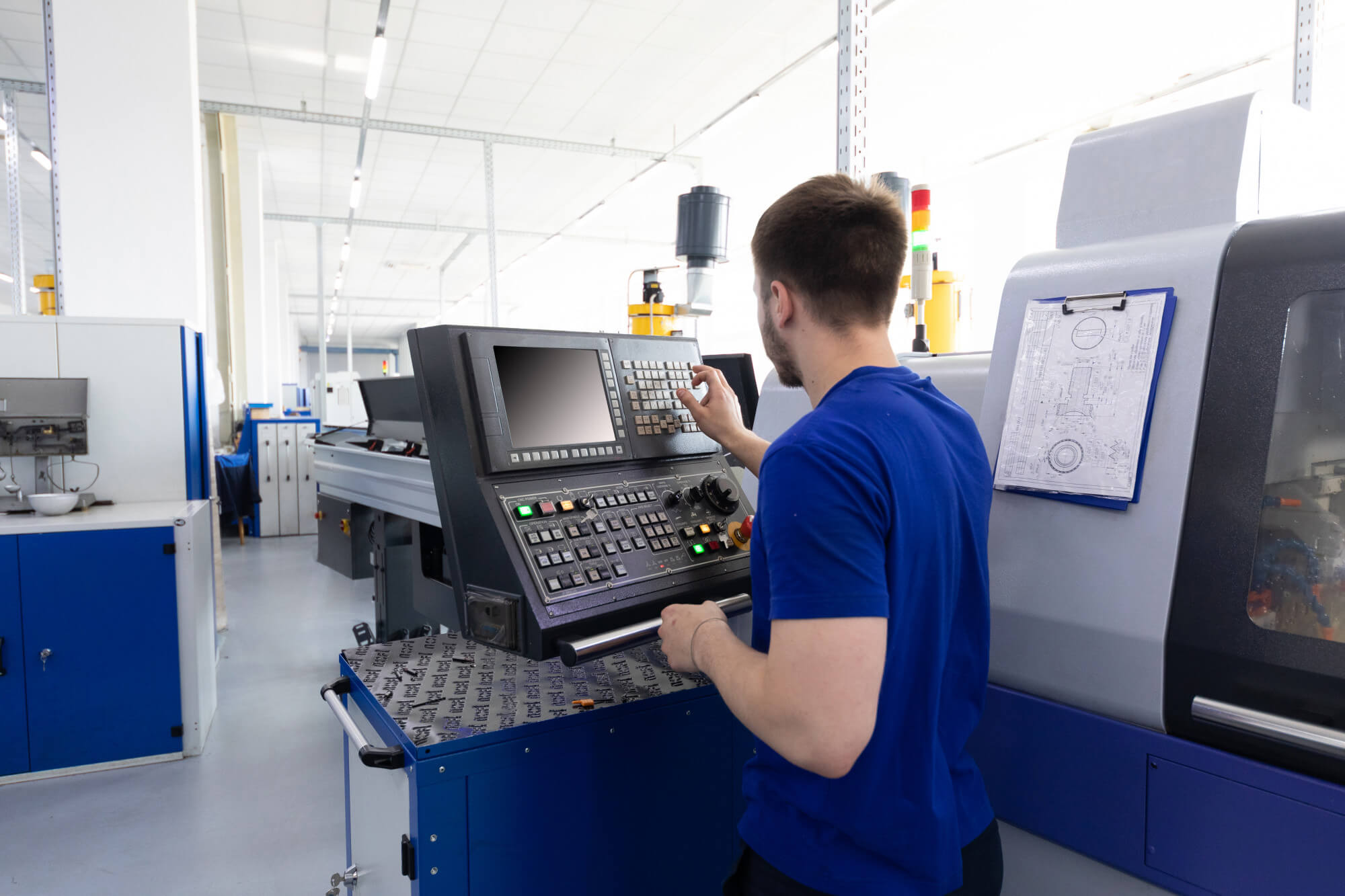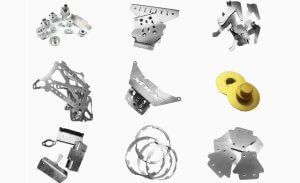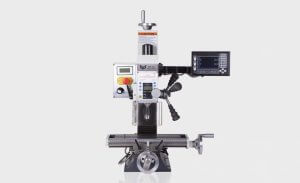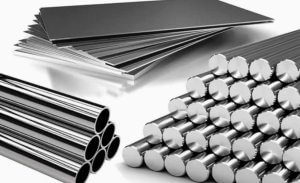CNC (Computer Numerical Control) machining is an essential part of modern manufacturing, bringing precision, efficiency, and consistency to the production process. Central to the operation of CNC machines are M codes, also known as auxiliary functions, which control a variety of machine operations and program flows. Understanding how to apply and optimize these M codes is crucial for maximizing the effectiveness of CNC machining. This article delves into the application and optimization strategies for M codes in CNC machining parts, providing practical insights and examples to help you improve your CNC programming skills.
Understanding M Codes
M codes are commands in CNC programs that control specific functions of the machine, such as starting or stopping the spindle, turning coolant on or off, and managing tool changes. They play a vital role in both machine operations and program control. Here are some common M codes and their functions:
Common M Codes:
- M00: Program stop
- M01: Optional stop
- M02: Program end
- M03: Spindle on (clockwise rotation)
- M04: Spindle on (counter-clockwise rotation)
- M05: Spindle stop
- M06: Tool change
- M07: Mist coolant on
- M08: Flood coolant on
- M09: Coolant off
- M19: Spindle orientation
- M30: Program end and rewind
- M98: Call subprogram
- M99: Return from subprogram
These M codes can be grouped based on their function into categories like program control, spindle control, tool change, coolant control, and more.
Typical Applications of M Codes
Understanding the various applications of M codes is essential for effective CNC programming. Here, we’ll explore some typical uses of M codes in milling and turning operations.
Milling Applications
In milling operations, M codes are used to control various aspects of the machine’s operation, ensuring smooth and precise machining. Below is a table summarizing common M codes used in milling:
| M Code | Description |
|---|---|
| M00 | Program stop |
| M01 | Optional stop |
| M02 | Program end |
| M03 | Spindle on (clockwise rotation) |
| M04 | Spindle on (counter-clockwise rotation) |
| M05 | Spindle stop |
| M06 | Tool change |
| M07 | Mist coolant on |
| M08 | Flood coolant on |
| M09 | Coolant off |
| M19 | Spindle orientation |
| M30 | Program end and rewind |
| M48 | Feed rate override on |
| M49 | Feed rate override off |
| M60 | Automatic pallet change |
| M98 | Call subprogram |
| M99 | Return from subprogram |
Turning Applications
In turning operations, M codes are similarly vital for controlling machine functions. Here are some common M codes used in turning:
| M Code | Description |
|---|---|
| M00 | Program stop |
| M01 | Optional stop |
| M02 | Program end |
| M03 | Spindle on (clockwise rotation) |
| M04 | Spindle on (counter-clockwise rotation) |
| M05 | Spindle stop |
| M07 | Mist coolant on |
| M08 | Flood coolant on |
| M09 | Coolant off |
| M10 | Chuck open |
| M11 | Chuck close |
| M12 | Tailstock forward |
| M13 | Tailstock backward |
| M19 | Spindle orientation |
| M30 | Program end and rewind |
| M41 | Low gear selection |
| M42 | Medium gear selection 1 |
| M43 | Medium gear selection 2 |
| M44 | High gear selection |
| M98 | Call subprogram |
| M99 | Return from subprogram |
Optimization Strategies for M Codes
Effectively utilizing M codes can significantly enhance the efficiency and precision of CNC machining. Here are some optimization strategies to consider:
- Efficient Tool Management:
Proper use of M06 (tool change) can minimize downtime and improve tool usage. Organizing tool changes logically within the program reduces unnecessary movements and enhances cycle time. Example:
N20 T01 M06 (Select tool 1, change tool)
N70 T02 M06 (Select tool 2, change tool)- Smart Coolant Management:
Using M07 (mist coolant), M08 (flood coolant), and M09 (coolant off) effectively can improve tool life and machining quality. Coolant should be turned on just before cutting and off after the cutting process is complete to avoid unnecessary coolant usage. Example:
N40 M08 (Coolant on)
N100 M09 (Coolant off)- Optimized Program Stops:
Using M00 and M01 judiciously can help manage workflow without unnecessary interruptions. M00 can be used for critical inspection points, while M01 provides optional stops that operators can bypass if continuous operation is preferred. Example:
N50 M00 (Program stop for inspection)
N80 M01 (Optional stop)- Subprogram Utilization:
M98 (call subprogram) and M99 (return from subprogram) allow for modular programming, reducing code redundancy and simplifying complex programs. Subprograms can be reused across different main programs, saving time and effort. Example of Subprogram Utilization:
O2000 (Drilling Subprogram)
N10 G81 R1 Z-10 F200 (Drill cycle)
N20 X10 Y10 (Drill hole 1)
N30 X20 Y20 (Drill hole 2)
N40 G80 (End drill cycle)
N50 M99 (Return to main program)In the main program:
N90 M98 P2000 (Call subprogram O2000)- Effective Use of Gear Selection:
For turning operations, using M41 to M44 for selecting appropriate gear ranges can optimize cutting conditions and improve surface finish. Example:
N60 M41 (Low gear selection)
N70 M44 (High gear selection)- Utilizing Feed Rate Override:
Using M48 and M49 to control feed rate overrides can be beneficial in optimizing feed rates during different machining operations. Example:
N80 M48 (Feed rate override on)
N90 G01 X100 F150 (Feed to cutting depth)
N100 M49 (Feed rate override off)Practical Example: Comprehensive CNC Program
To illustrate the application and optimization of M codes, let’s consider a comprehensive CNC milling program that performs various operations, including tool changes, coolant management, and subprogram calls.
Sample Comprehensive Program:
O1000 (Main Program)
N10 G90 G21 (Absolute positioning, metric units)
N20 T01 M06 (Select tool 1, change tool)
N30 S1500 M03 (Spindle speed at 1500 RPM, start spindle)
N40 G00 X0 Y0 Z5 (Rapid move to start position above part)
N50 G01 Z-5 F100 (Feed to cutting depth)
N60 G01 X50 (Linear move to X50)
N70 G02 X75 Y25 I25 J0 (Clockwise arc)
N80 G01 Y50 (Linear move to Y50)
N90 G03 X50 Y75 I-25 J0 (Counter-clockwise arc)
N100 G00 Z5 (Retract tool)
N110 T02 M06 (Select tool 2, change tool)
N120 S1200 M03 (Spindle speed at 1200 RPM, start spindle)
N130 G00 X0 Y0 Z5 (Rapid move to start position above part)
N140 G01 Z-10 F80 (Feed to cutting depth)
N150 G01 X100 (Linear move to X100)
N160 G00 Z5 (Retract tool)
N170 M98 P2000 (Call subprogram O2000)
N180 M30 (End of program)
O2000 (Drilling Subprogram)
N10 G81 R1 Z-10 F200 (Drill cycle)
N20 X10 Y10 (Drill hole 1)
N30 X20 Y20 (Drill hole 2)
N40 G80 (End drill cycle)
N50 M99 (Return to main program)This program demonstrates how to effectively use M codes for managing tool changes, coolant operations, and calling subprograms, all while maintaining an organized and efficient workflow.
Mastering the application and optimization of M codes is crucial for achieving precision and efficiency in CNC machining. By understanding the functions of different M codes and implementing strategies to optimize their use, machinists can enhance the performance of their CNC programs, reduce downtime, and improve the quality of the ma
Other Articles You Might Enjoy
- 3 Effective Strategies for Cost Optimization in CNC Prototyping
When considering the production of CNC prototypes, cost is often a top concern. As designers, we strive to find ways to reduce expenses and enhance production efficiency. In this article,…
- Precision CNC Machining of Steel: High-Volume Production
Precision CNC Machining and High-Volume Production As an integral part of modern manufacturing processes, Precision Computer Numerical Control (CNC) machining brings about unmatched accuracy and consistency in the production of…
- Material Versatility in CNC Machining: From Titanium to Thermoplastics
Introduction to CNC Machining CNC machining stands as a cornerstone in the manufacturing sector, enabling the precise creation of parts and components. This process utilizes computer numerical control (CNC) to…
- Precision CNC Machining for High-Performance Industrial Machinery
Precision CNC Machining for High-Performance Industrial Machinery The process of Precision CNC (Computer Numerical Control) machining is at the core of manufacturing high-performance industrial machinery. This technique leverages a computer's…
- Nickel vs. Cobalt Alloys in High-Temperature CNC Machining: A Detailed Analysis?
Nickel and Cobalt Alloys in High-Temperature CNC Machining Both Nickel and Cobalt alloys play an essential role in high-temperature CNC machining. These metal alloys are popular choices due to their…
- CNC Machining for Medical Applications: Compliance and Material Selection?
Introduction to CNC Machining in Medical Applications CNC or Computer Numerical Control machining is a manufacturing process wherein pre-programmed computer software dictates the movement of factory tools and machinery. This…








